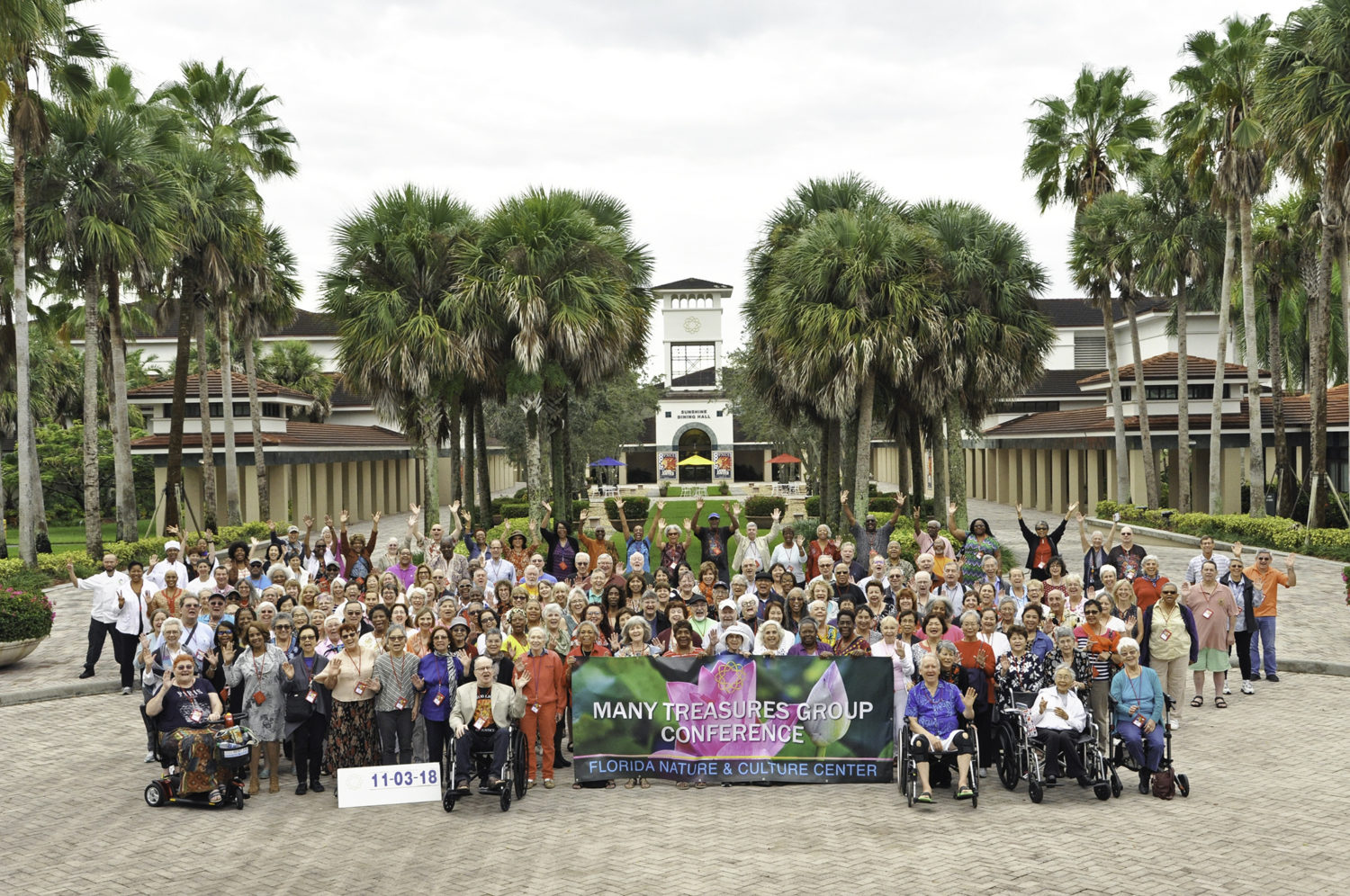The following text is from The Wisdom for Creating Happiness and Peace, Part 2, pp. 158–61.
What is the secret to longevity? Of course, individual differences must be taken into account, and there are many diverse opinions on this subject. But we of the SGI would naturally agree that an important key to long life is our practice of chanting Nam-myoho-renge-kyo. Other than that, it is generally said that mental attitude has a vital infl uence on longevity. In that respect, I would like to share some attributes commonly listed as having a positive influence on longevity:
1) Not worrying about things too much.
In a Buddhist scripture, Shakyamuni states:
The past should not be followed after, the future not desired.
What is past is got rid of and the future has not come.
But whoever has vision now here, now there, of a present thing,
Knowing that it is immovable, unshakable, let him cultivate it.
Swelter at the task this very day.[1]
It is foolish to endlessly suffer and agonize over the past, or to needlessly fret and worry about the unknown future. Instead, we should concentrate on taking care of the things that we have to do today. What is important is that we live each day earnestly and conscientiously. This is the Buddha’s message.
Those who live long lives are for the most part optimists. I hope that you will live each day joyfully and with genuine optimism.
2) Having a goal or aim.
French President Charles de Gaulle (1890–1970) once remarked that the end of hope is the beginning of death.[2]
Hope is life. To lose hope is to lose one’s vital spirit. To practice Nichiren Buddhism is to always live with hope. It means to take it upon oneself to create hope, actualize it and continue to advance in ever-higher spirits toward still greater hope. And faith is the driving force that enables us to do this.
3) Having a sense of humor and the ability to laugh.
In Europe, there is an old saying, “A joyful heart is good medicine.” The German philosopher Immanuel Kant (1724–1804) also noted that laughter has a positive effect on our health, functioning like a physician.[3]
True humor is not flippant; it is an expression of an open, relaxed and generous heart.
Let us live with “a joyful heart.” To do that, we must win in life each day, continuously pressing forward with powerful life force.
4) Striving in some work or mission.
The Nobel Peace Prize laureate Albert Schweitzer (1875–1965) is reported to have said: “I have no intention of dying so long as I can do things. And if I do things, there is no need to die. So, I will live a long, long time.”[4] He in fact lived to age 90.
We can presume that the source of vitality that allowed him to live so long was the conviction that he had a mission to fulfill, and that as long as he did, he could not and would not die.
In addition to the four points I have listed, there may be other factors contributing to longevity. However, these four points are all contained in the teachings of Nichiren Buddhism and can be cultivated through our SGI activities.
The members of the SGI are advancing with hope, joyful hearts and a sense of mission toward the great objective of kosen-rufu. All of you who make your way together with the SGI are naturally leading the most admirable and fulfilling of lives.
Nichiren [Daishonin] assures Nichigen-nyo, “You will grow younger, and your good fortune will accumulate” (“The Unity of Husband and Wife,” The Writings of Nichiren Daishonin, vol. 1, p. 464).
I hope that you will all deeply experience the immense power of the Mystic Law.
References
- Discourse on the Auspicious (Bhaddekarattasutta), in The Collection of the Middle Length Sayings (Majjhima-nikaya), trans. I. B. Horner (Oxford: Pali Text Society, 1993), 3:233. ↩︎
- Andre Malraux, Fallen Oaks: Conversations with De Gaulle, trans. Irene Clephane (London: Hamish Hamilton, 1972), 91. ↩︎
- See Immanuel Kant, Critique of Judgment, trans. Werner S. Pluhar (Indianapolis, IN: Hackett Publishing Company, 1987), 203. ↩︎
- Norman Cousins, Anatomy of an Illness as Perceived by the Patient: Reflections on Healing and Regeneration (New York: W. W. Norton and Company, 1979), 89. ↩︎
You are reading {{ meterCount }} of {{ meterMax }} free premium articles

